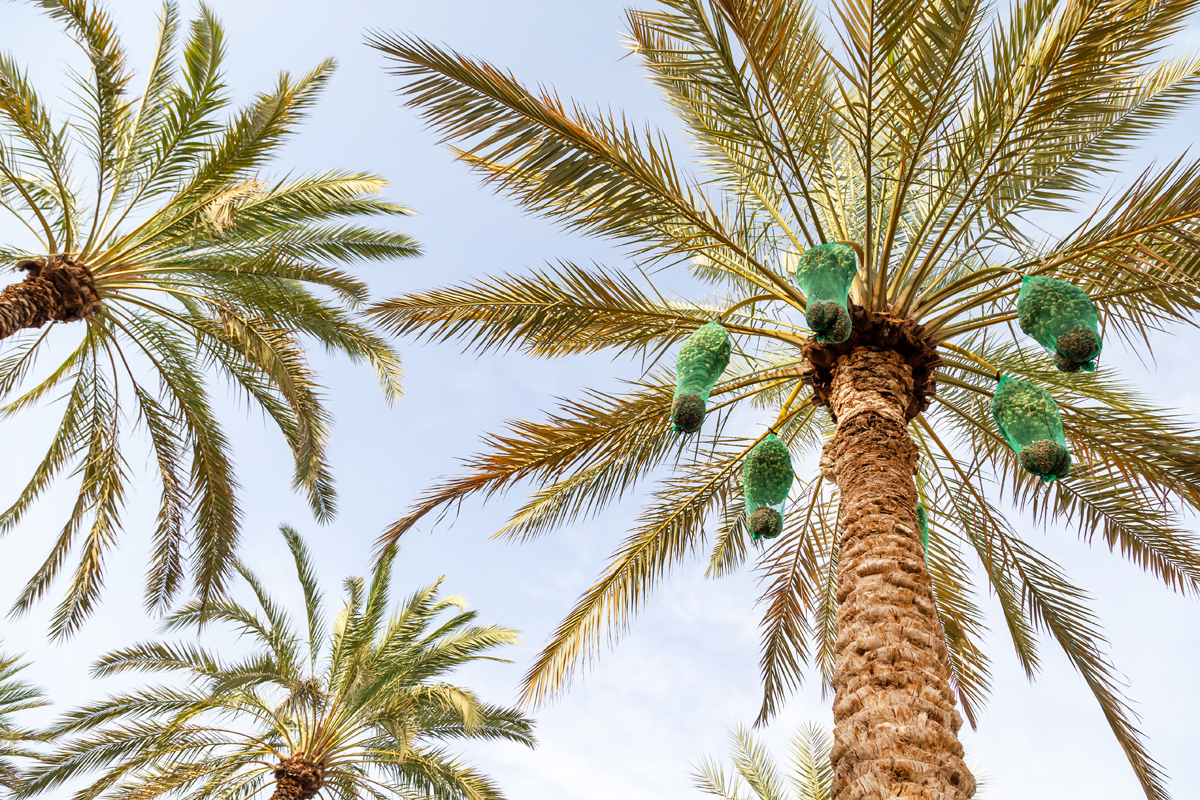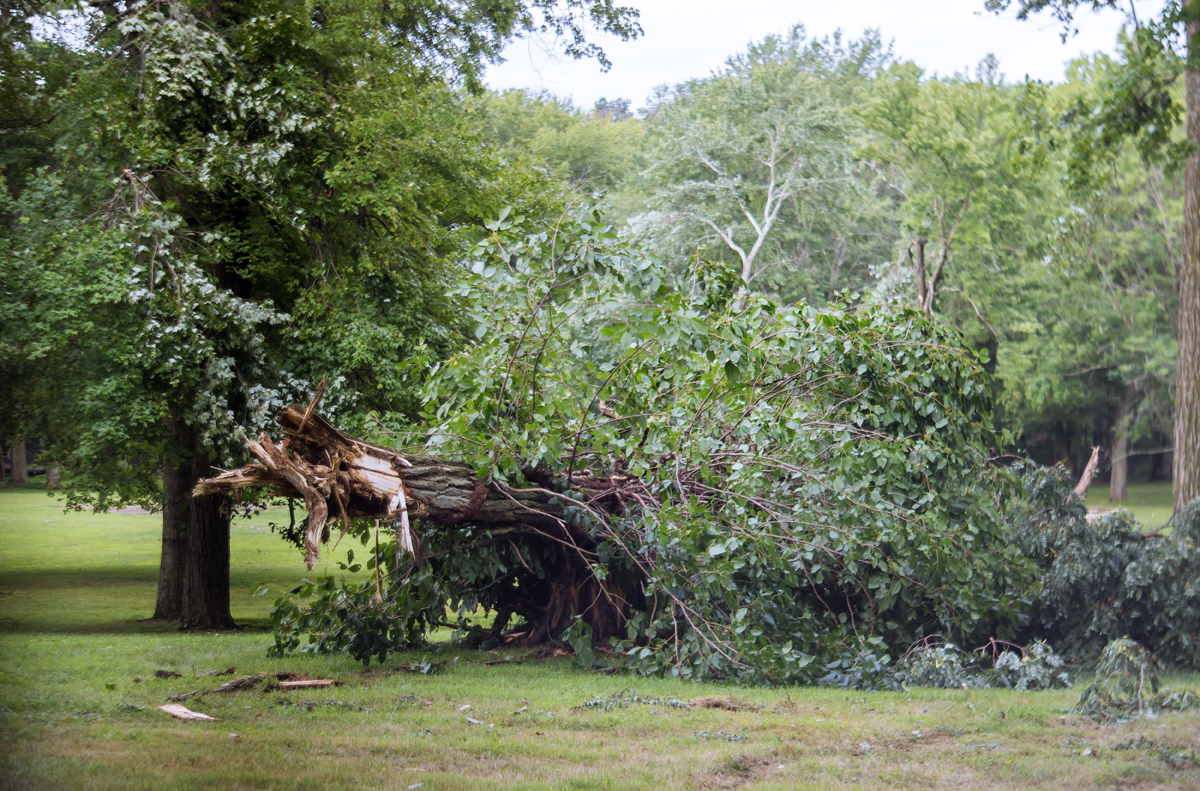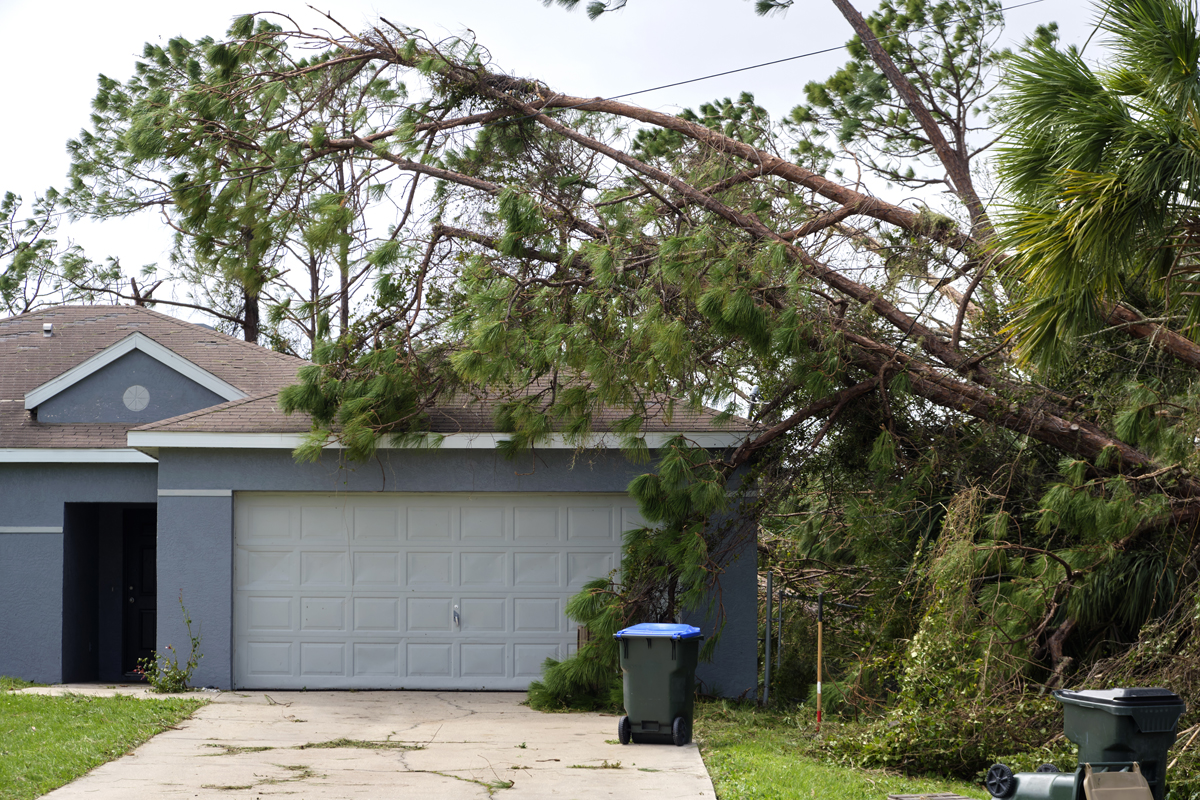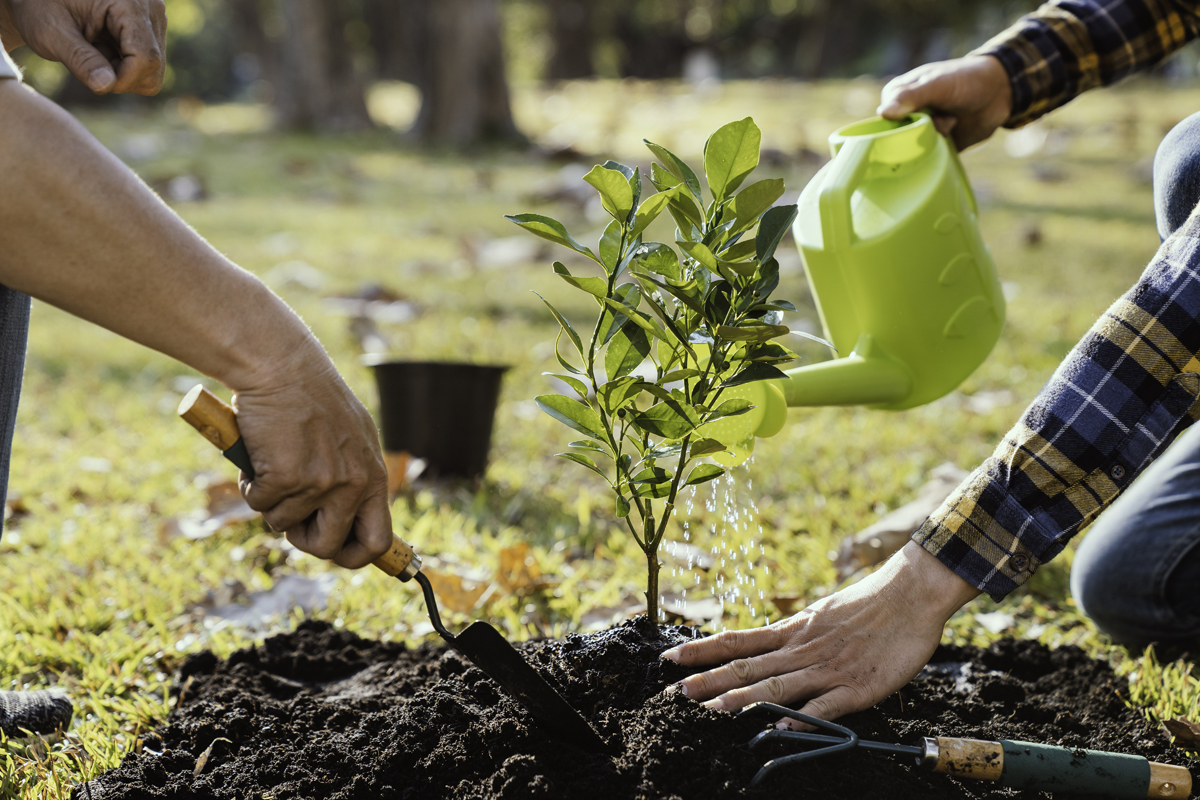
When cutting down a tree, safety and technique are everything. Many accidents happen because of simple mistakes. Here’s a list of things you absolutely should NOT do when felling a tree:
🚫 DON’T Do These When Cutting Down a Tree
1. ❌ Don’t Skip Safety Gear
-
ALWAYS wear a helmet, eye protection, ear protection, gloves, chainsaw chaps, and steel-toe boots.
-
A falling branch (called a "widowmaker") can be deadly.
2. ❌ Don’t Cut Alone
-
Always have someone nearby to assist or call for help in case of emergency.
-
Let someone know where you are and what you’re doing.
3. ❌ Don’t Use a Dull Chainsaw
-
A dull saw increases the chance of kickback and puts you at higher risk of losing control.
-
Keep your saw sharp and well-maintained.
4. ❌ Don’t Forget to Plan the Fall Direction
-
Know which way you want the tree to fall and clear that area.
-
Remove anything that might be damaged (cars, fences, power lines, etc.).
5. ❌ Don’t Stand in the Wrong Spot
-
Never stand directly behind or in front of the tree when it begins to fall.
-
Move at a 45° angle away from the fall path, and stay alert.
6. ❌ Don’t Ignore the Tree’s Lean or Dead Branches
-
If the tree is leaning, it may fall in that direction regardless of your cuts.
-
Look for dead limbs or weak spots—these may fall unexpectedly.
7. ❌ Don’t Make Only One Cut
-
Don’t try to chop through the tree with one horizontal cut.
-
Use the proper notch and back cut method:
-
Create a notch (face cut) on the fall side (usually 70°/20% deep).
-
Then make a back cut slightly above the notch on the opposite side.
-
8. ❌ Don’t Forget to Check for Obstructions
-
Power lines, structures, vehicles, fences—clear everything in the fall zone.
-
Trees near buildings or power lines should be handled by pros.
9. ❌ Don’t Cut in High Winds or Bad Weather
-
Wet or windy conditions can cause the tree to fall unpredictably.
-
Wait for calm, dry weather.
10. ❌ Don’t Attempt Large Trees Without Experience
-
Trees taller than 20 feet or near hazards (like power lines) should be handled by certified arborists or tree removal professionals.
✅ Bonus Tip: Inspect the Tree First
-
Check for:
-
Hollow trunks
-
Cracks
-
Rot or fungus at the base
-
Bee/wasp nests or wildlife
-
🌲 Step-by-Step Tree Felling Guide
✅ Before You Begin: Prep & Safety
-
Wear full safety gear
-
Helmet, eye/ear protection, gloves, steel-toe boots, chainsaw chaps
-
-
Inspect the tree
-
Look for lean, rot, cracks, dead branches, or wildlife nests
-
Identify hazards (power lines, structures, vehicles)
-
-
Clear the area
-
Remove debris around the tree base
-
Ensure you have a clear escape path and fall zone (twice the tree height)
-
✂️ Step 1: Plan the Fall Direction
-
Decide where you want the tree to fall (usually in the direction it naturally leans)
-
Clear at least 2 escape paths at 45° angles behind you and away from the fall line
✏️ Step 2: Make the Notch Cut (Face Cut)
This tells the tree where to fall.
-
Side facing fall direction
-
Make 2 cuts:
-
Top cut: Angle downward at 70°
-
Bottom cut: Horizontal to meet the top cut
-
-
The notch should be about 20–25% into the tree's diameter
🪓 Step 3: Make the Back Cut
This releases the tree to fall.
-
Go to the opposite side of the notch
-
Make a horizontal cut slightly above the bottom of the notch
-
DO NOT CUT ALL THE WAY THROUGH — leave a "hinge" of wood (about 10% of the tree's diameter) to control the fall
🏃 Step 4: Retreat Immediately
-
As the tree begins to fall:
-
Shut off or drop the saw safely
-
Retreat along one of the 45° escape paths
-
Keep your eyes on the tree as you move
-
⚠️ Step 5: After the Fall
-
Wait for all motion to stop before approaching the tree
-
Be cautious of:
-
Tensioned limbs or branches
-
“Barber chairing” (a tree splitting vertically due to improper cuts)
-
🧰 Pro Tips:
-
Use wedges to prevent the tree from leaning back and pinching the saw
-
For large, heavy, or leaning trees — hire a professional arborist
More Articles About Arizona Landscaping
- Best Time Of Year To Trim Trees In Arizona
- Can You Grow Lemon Trees In Arizona?
- How To Save A Dying Cactus
- How To Bring A Dead Palm Tree Back To Life
- Cost Of Tree Removal 2020
- How Much Does Cactus Removal Cost?
- How Much Does Palm Tree Trimming Cost?
- How Much Does Palm Tree Removal Cost?
- How Much Does Tree Removal Cost?
- How Much Does Tree Stump Grinding & Removal Cost?
- How To Trim A Tree
- How To Choose a Tree Service
- WHY TOPPING HURTS TREES
- How To Show Your Trees You Love Them
- Fast Growing Trees of Arizona
- When & How to Trim Citrus Trees in Arizona
- Preparing Arizona Trees For Monsoon Storms
- Arizona Ash Trees
- Mesquite Trees In Arizona






